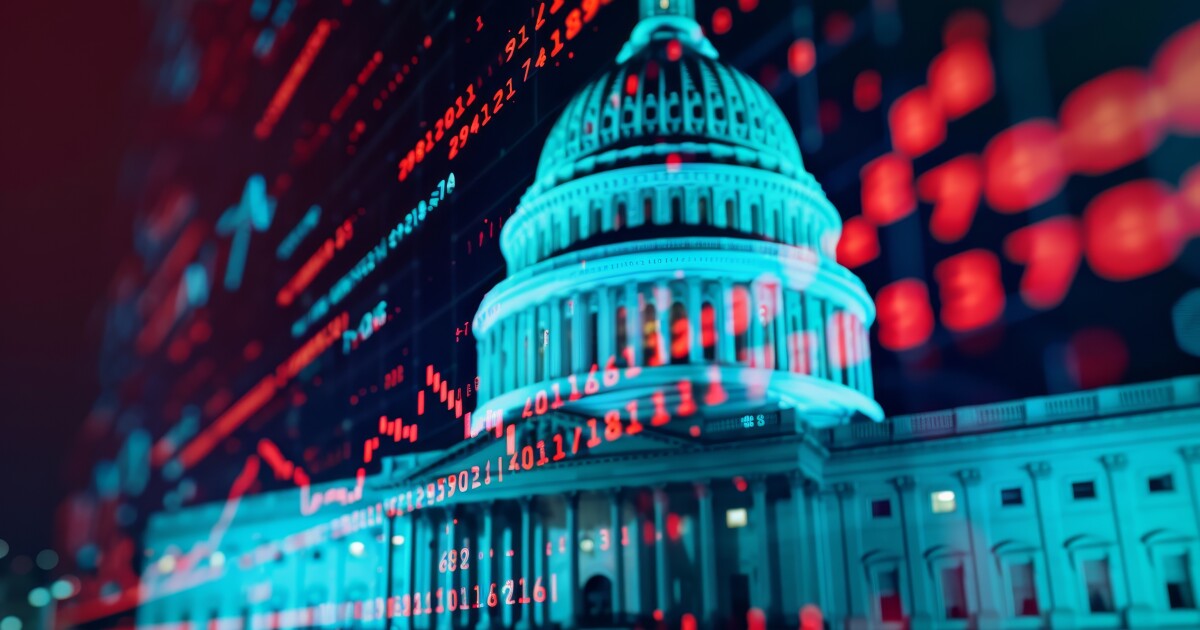
Providing adequate housing in America has been a social priority for decades. The 1949 Housing Act called for "...a decent home and suitable living environment for every American," expanding the government's role to address housing shortage. The act passed largely because of the housing crisis that came after World War II, with an emphasis placed on new construction – the legislation aimed to reduce housing costs and aid cities to rebuild across the nation.
That act passed 75 years ago, and today,
Administration largely influences the politics of housing and research shows that homeownership influences political participation on a national and local level. Fundamentally, the interests and perspectives between those that own and those that don't differ vastly. Research shows that homeowners are motivated to pay attention, participate, and influence local politics, showing a 35% increase in turnout compared to non-homeowners. Research also shows that the stimulation of participation on a local level creates a spillover effect that boosts participation on a national level.
The mortgage industry is intrinsically tied to the success of homeownership. With 10 years under my belt, I have a firm understanding of mortgage costs that keep homeownership out of reach. Title insurance, homeowners' insurance, and appraisals are some of the biggest culprits. I challenge the administration to look for areas to pass savings back to homebuyers which could translate into homebuying power for those on the brink of accomplishing their goals. Increasing housing supply would address part of the issue, but nothing changes if it's still unaffordable for the average American to get a mortgage.
Homebuyers can expect to pay up to 1% of their purchase price on title insurance, according to Fannie Mae. Through the Federal Housing Finance Agency, government sponsored entities including Fannie Mae and Freddie Mac may waive the traditional title insurance requirement and take on the title risk themselves. While the cost savings will vary from borrower to borrower, the average cost of a home in 2024 is $412,300, which would be $4,123 in savings on closing costs. That money could be put back into the pockets of aspiring homeowners and open the door for some that may have previously been priced out. A pilot is currently available by Fannie Mae for certain refinance loans but should be expanded to purchase loans which could substantially cut down the cost of taking out a mortgage for many.
Homeowners insurance isn't required by law, but it's required for homebuyers to take out a mortgage. It's an additional cost for homebuyers and homeowners – and they're avoiding it. One in thirteen homeowners across the U.S. are uninsured, equivalent to 6.1 million homeowners. Freddie Mac found that the average borrower paid an annual premium of $1,522 in 2023 which was 10.8% higher than the cost in 2022 and 40.8% higher than 2018 making homeowners insurance increasingly unaffordable.
Adding this monthly cost to the average mortgage payment of $2,057 as of August 2024, homeowners would pay $3,579 on their monthly mortgage payment and homeowners insurance costs alone. It could provide relief both to current and prospective homeowners to make homeowners insurance tax-deductible. Not only would this give money back to homeowners each year, but it could also create a ripple effect and encourage homeowners to get insured.
Investing in technology to broaden the usage of digital appraisals is a small change that could make an impact on housing affordability. Currently, appraisals must follow the Uniform Standards of Professional Appraisal Practice which requires an appraiser to physically visit a property to assess its value. Recent data shows that the typical cost to complete an appraisal is $500. By leveraging aerial technology, automated valuation models, or hybrid appraisals, the cost of an appraisal could be cut down to less than a quarter of that cost, saving homebuyers hundreds of dollars on their appraisal.
Increasing the housing supply in America is important, but alone, it's not enough to solve the housing crisis we're currently facing. There are thousands of dollars to be saved by lowering costs associated with a mortgage, making homeownership more affordable and therefore more attainable across the country.



